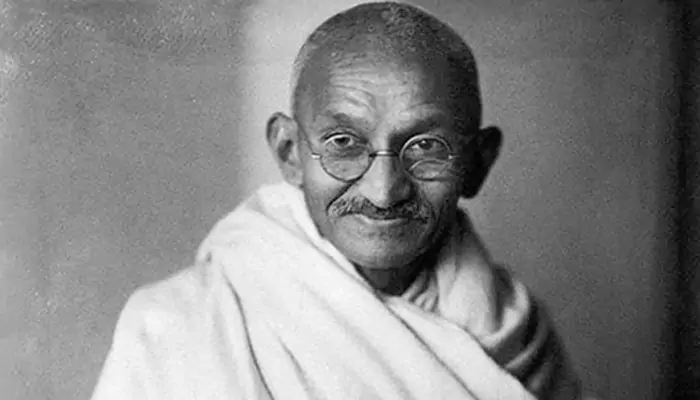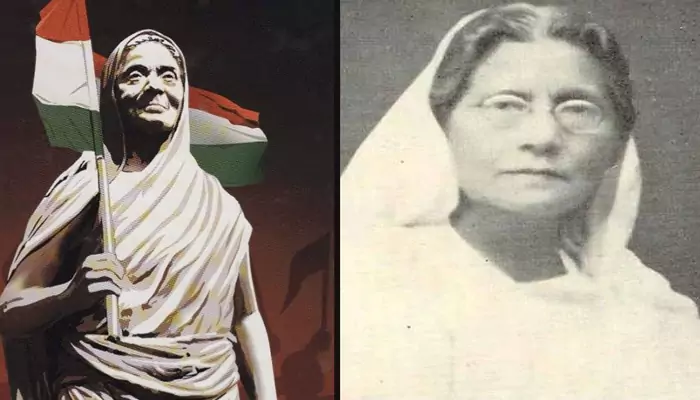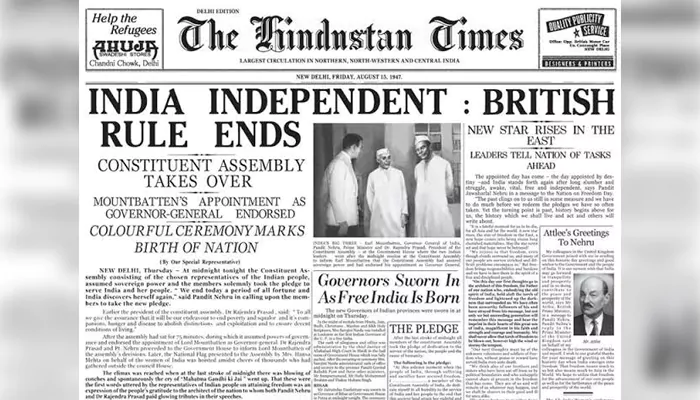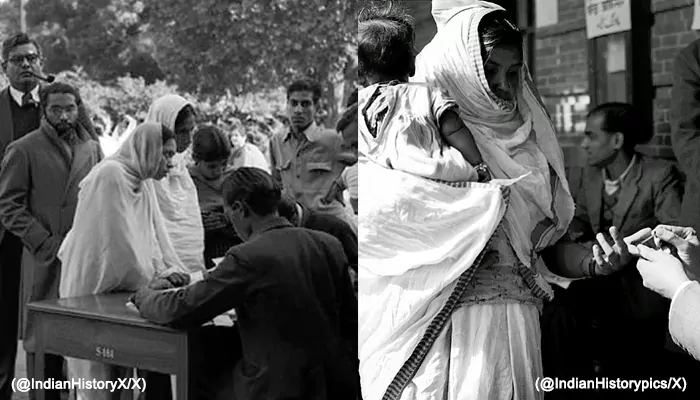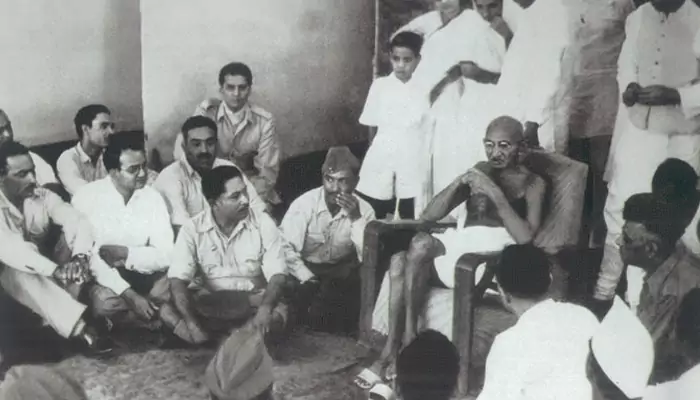National Handloom Day Special - Threads of Tradition, Woven into E-Commerce
- Soham Halder
- 4 months ago
- 3 minutes read
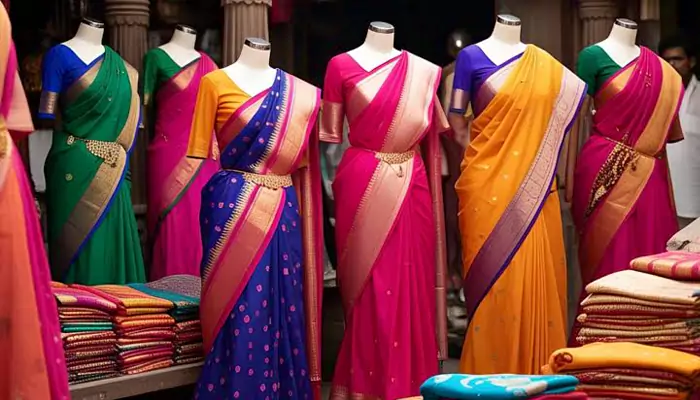
On this National Handloom Day, discover how age-old weaving meets 21st-century selling.
On every August 7, National Handloom Day honors the rich textile heritage of India. Now, this celebration isn’t only about tradition—it's about transformation. Indian artisans, once bound to local markets and physical exhibitions, are now harnessing the power of digital platforms to reach out to global customers.
From Banarasi silks to Pochampally ikats, the story of Indian handloom is now traveling through clicks, hashtags, and virtual carts. This article explores how rural artisans are going global without ever leaving their looms.
The Digital Leap: From Craft to Commerce
As per recent estimates, there are over 3.5 million handloom workers in India, many of whom reside in rural areas with limited access to urban buyers. Enter the e-commerce revolution - a powerful shift enabling weavers to bypass middlemen and sell directly to customers across the country and even across the borders.

Thanks to initiatives like Digital India, skill-building workshops, and smartphone access, artisans now list their products on e-commerce platforms. With minimal technical know-how, they're setting up online stores that let their textiles speak to a global audience.
Meet the Click-Weavers
Take for instance Lakshmi from Kanchipuram, who once relied solely on local fairs. With a simple Shopify store and a smartphone, she now ships Kanjeevaram sarees to clients in the UK and Canada. Similarly, Riaz from Bhagalpur uploads Reels on Instagram showcasing the making of tussar silk scarves, attracting buyers from Japan and Germany.
These artisans aren’t just selling, they’re storytelling. Through blogs, social media, and short videos, they're reviving curiosity around slow fashion, ethical sourcing, and the cultural significance behind every thread.

Why Global Buyers Are Loving It
The world is gradually shifting from fast fashion to sustainable, meaningful purchases. Indian handloom offers:
- Eco-friendly textiles made without industrial machinery
- Unique, handmade designs steeped in regional identity
- Fair trade models that empower rural livelihoods
- Global buyers are not just buying sarees; they’re investing in craftsmanship, culture, and conscious fashion.

The Challenges
While the digital transition is definitely inspiring, it’s not without hiccups:
- Limited digital literacy in rural areas
- Language barriers in setting up online stores
- Shipping and logistics hurdles for international orders
- Branding and pricing knowledge gaps
- But with the support of influencers, NGOs, government bodies, and startups stepping in to offer training, marketing support, and translation tools, the bridge between looms and laptops is becoming shorter everyday.
Government Push: Empowering Through Policy
The Indian government’s National Handloom Development Programme (NHDP) and Handloom Export Promotion Council (HEPC) are increasingly focusing on digital skill-building. Campaigns like “My Handloom, My Pride” are encouraging artisans to embrace online selling while maintaining authenticity.

What You Can Do This National Handloom Day
- Support digital artisan stores: Look for verified handloom sellers on platforms like Okhai, GoCoop, and Jaypore
- Share their stories: One share on social media can amplify their reach
- Gift handloom: Celebrate birthdays, weddings, or festivals with handwoven products
- Visit exhibitions: Engage with the artistry without stepping out
So, this National Handloom Day, remember: you’re not just buying fabric—you’re buying a story woven with heart, heritage, and hope.


